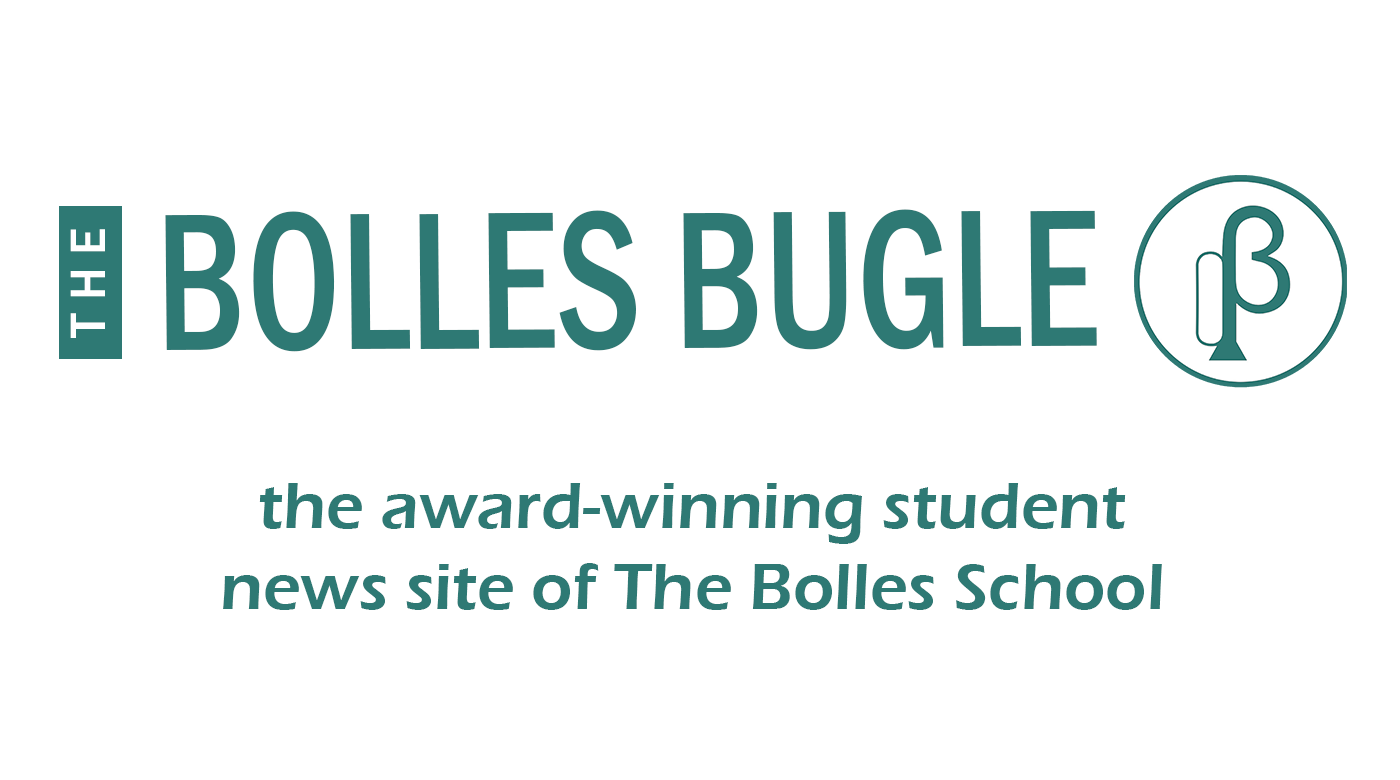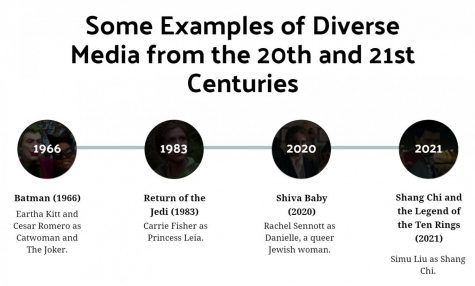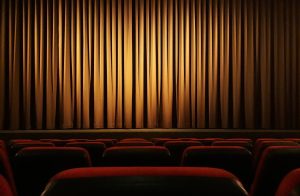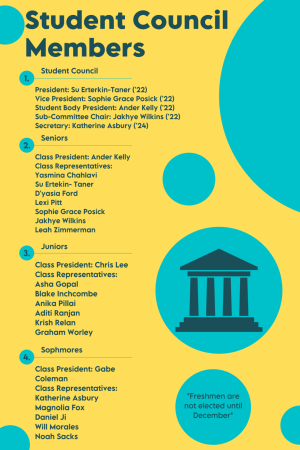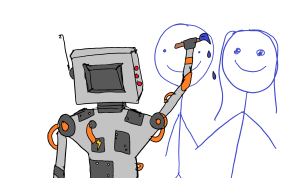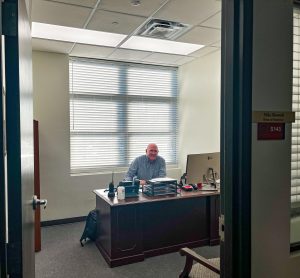Why diversity matters in film
October 24, 2021
A popular phrase used against diversity in film is “forced diversity,” as if that’s a thing. In real life, there is no forced diversity, people just exist with their diverse identities. Forced diversity is a label given to media in which critics feel the existence of women and minority groups is somehow not cohesive within the universe of the story being told, which is quite frankly ridiculous.
For example, some Star Wars fans were outraged by Star Wars: The Force Awakens, because the main character, Rey, is a woman. While there are legitimate criticisms of this movie, these fans argue that having a female main character is somehow against the spirit of the series. This could not be further from the truth. In the original trilogy, the character with arguably the most agency is Leia. Even when she is enslaved by Jabba the Hutt, falling into the “damsel in distress” trope, she frees herself, thus upending the trope.
Not only does the upending of popular tropes make for interesting story lines, it is also important for diversity. Many popular tropes rely on unfortunate stereotypes, such as the damsel in distress.
Yet another popular fallacy is that diversity in film is entirely new, which is simply untrue. In fact, in Batman (1966), Black actress Eartha Kitt was one of the first people to play the role of Catwoman on screen. In the same film, she appeared alongside Cuban-American actor Cesar Romero, who originated the role of the Joker. Although their ethnicities were not a part of the story, simply seeing people on screen who look like you can still be very powerful.
Representation is helpful for quickening societal acceptance of historically marginalized groups. Take LGBTQ+ representation for example. Positive portrayal of queer people in media mirror favorable public opinion of gay marriage. According to the Pew Center, public opinion favoring gay marriage went from 36% in 2005 to 67% in 2017. According to a University of Tennessee Chattanooga statistic, in roughly the same time period, the amount of mainstream television shows with regularly appearing LGBTQ+ characters went from around 1% to just under 7%. If there is such a strong correlation related to such a small change, imagine what a bigger change could accomplish.
The main problem with diversity in media is that it is often done in the form of rebooting movies that originally had little to no diversity, like Annie (2014) or Ghostbusters (2016), instead of creating new diverse narratives built for new diverse characters. The latter strategy is why films like Black Panther (2016) and Shang-Chi And the Legend of the Ten Rings (2021) are so successful.
Another argument in favor of diverse cinema is that not every film needs to apply to the majority of those in a society. Virtually every piece of media in Western society for the past 400 odd years has catered directly to the gaze of the average straight white person, and it’s only fair that more niche groups have media specifically made for them, with humor and in jokes specific to that group.
For example, the 2020 film Shiva Baby, was written by Jews with a specifically Jewish audience in mind. Without the extensive cultural context of being immersed in Ashkenazi-American culture, much of the comedy would make no sense, and/or seem almost violently antisemitic, but because it was written by Jews for Jews, it is understood to be ironic.
Incorporating diversity into any type of media is difficult. Each minority group has stereotypes that writers need to take pains to avoid. However, although it is not an easy task to achieve, it is a highly necessary step to help society progress more than it has already.

